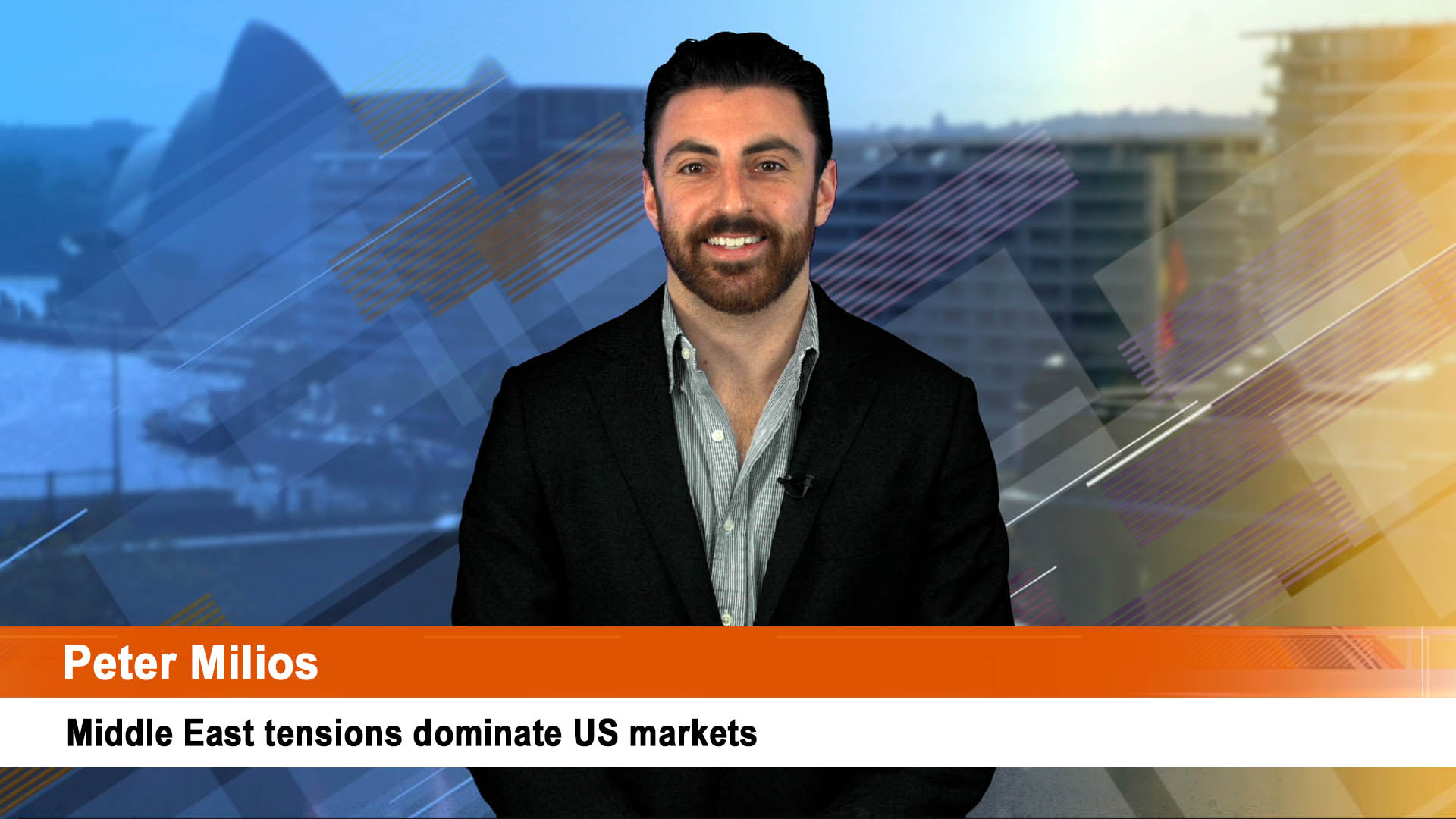Next time you get an email in your inbox from Hot Copper (HC) advertising a particular ASX-listed company, it might pay to see whether this particular company has had a capital raising recently, because chances are that HC may have an equity position in that listed company. So, while all the recent marketing hype has been around HC’s change in name to The Market Herald and its Canadian acquisition, it’s the size of the company’s share portfolio that has changed the nature of HC’s business model.
In September 2019, HC reinvented itself as a global publisher of financial news content through the $22.3 million acquisition of Canadian stock market news forum Stockhouse. The deal was funded through a combination of cash, shares and debt. Hot Copper currently “generates revenue from commercial and corporate advertising and the provision of investor relation services.” In layman’s terms, this means the company is an advertising platform promoting email advertisements, videos and rehashed ASX announcements.
Interestingly, though, HC “invests in its clients though participation in a client capital raise as a sophisticated investor.” It does this by taking equity positions of between $25,000–$100,000 as part of equity capital raisings, which HC calls its “Capital Raise-Platinum Package.” In pitches to companies, HC offers to invest $50,000 through share placements “in any capital raise,” while in turn, the client company agrees to an advertising package as after-market support. Whether a $50,000 investment equates to an advertising package worth $50,000 is difficult to determine, but as at June 2019, HC had 33 of these equity positions.
However, in the preceding six months (to December 2019), HC increased the size of these equity positions by a staggering $4.2 million, if we ignore the mark-to-market valuation of the portfolio. This included large new exposures in the industrial, IT, healthcare and agricultural sectors, with positions doubling in the metals and mining sector. As part of HC’s agreement with the placement company, these positions are escrowed for a defined time period, aligned to the time frame of the advertising contract, and cannot be sold unless the target company has risen substantially in price. Whether the $4.2 million worth of new equity positions has directly generated $4.2 million of revenue is for shareholders to determine, but either way, it’s a risky strategy for boosting revenue.
The size and scale of HC’s investments have increased substantially over the December half-year (ASX filings):
| Jun-19 | Dec-19 | |
| Energy | $93,750 | $262,444 |
| Metals & Mining | $752,044 | $1,408,104 |
| Consumer Staple | $80,964 | $75,180 |
| Consumer Discretionary | $66,667 | $30,000 |
| IT | $234,699 | $516,636 |
| Healthcare | $45,000 | $338,525 |
| SaaS | n/a | $66,667 |
| Industrials | n/a | $1,299,552 |
| Agriculture | n/a | $241,470 |
| Gaming | n/a | $49,213 |
| Utilities | n/a | $144,356 |
| Options | $23,265 | $1,156,522 |
| $1,296,389 | $5,588,669 |
It would be interesting to note where this portfolio was valued at the COVID-19 market low in March. But the nature of its business model suggests that HC is now putting its balance sheet at risk to secure company contracts. For shareholders, this means that their risk is not limited to the reinvention of the business model as a global publisher; the company is now effectively managing an equity portfolio with all the risk that assumes, albeit with the protection of advertising revenue. The nature of, reason for, and commercial wisdom of the 400% increase in the size of the equity portfolio will be interesting questions at the next AGM, with the answer either that it was driven by the number of capital raisings in the market prior to COVID or the need to drive revenue increase, or both. Either way, there appears to be a direct correlation between equity positions taken and revenue.
Precisely how investment decisions are made is a question for shareholders to ask Managing Director Jag Sanger, as the portfolio has grown substantially under his watch. But there appears to be no investment experience or coherent investment philosophy to drive stock selection; promotional material suggests stocks are simply chosen based on capital-raising opportunities. Further, there is zero transparency, with no disclosure of portfolio names or position sizes in any ASX announcements. The obvious question is whether HC is promoting advertising without disclosing its equity interests? For HC members, who are often moderated by the platform, it seems somewhat ironic that company management asks its members to disclose their position on a stock before posting, while ignoring these principles themselves. The ASX has been cracking down in recent years on what it sees as unlicensed stock promotion through social media, blogs and news websites, and has issued several orders to various posters to remove their content. The ASX and ASIC recognise that there is a large potential issue on social media, and policing assertions made about stocks.
How this portfolio affects HC’s balance sheet moving forward is an additional risk, as one of its largest assets now seems highly leveraged to the volatility and illiquidity associated with micro-cap investing. Further, escrowed constraints to this portfolio – on top of the company’s newly acquired debt and the additional costs of integrating a new business model – might put the balance sheet under pressure if equity positions cannot be liquidated. Either way, while the company has always been highly leveraged to equity markets in the engagement of its members and the revenue of its advertisers, the biggest corporate risk now resides in its ability to manage an equity portfolio.
At the date of writing (30th July 2020) HC (now The Market Herald) announced the resignation of their auditors Ernst & Young, a very rare move for an auditor of an ASX listed company.












